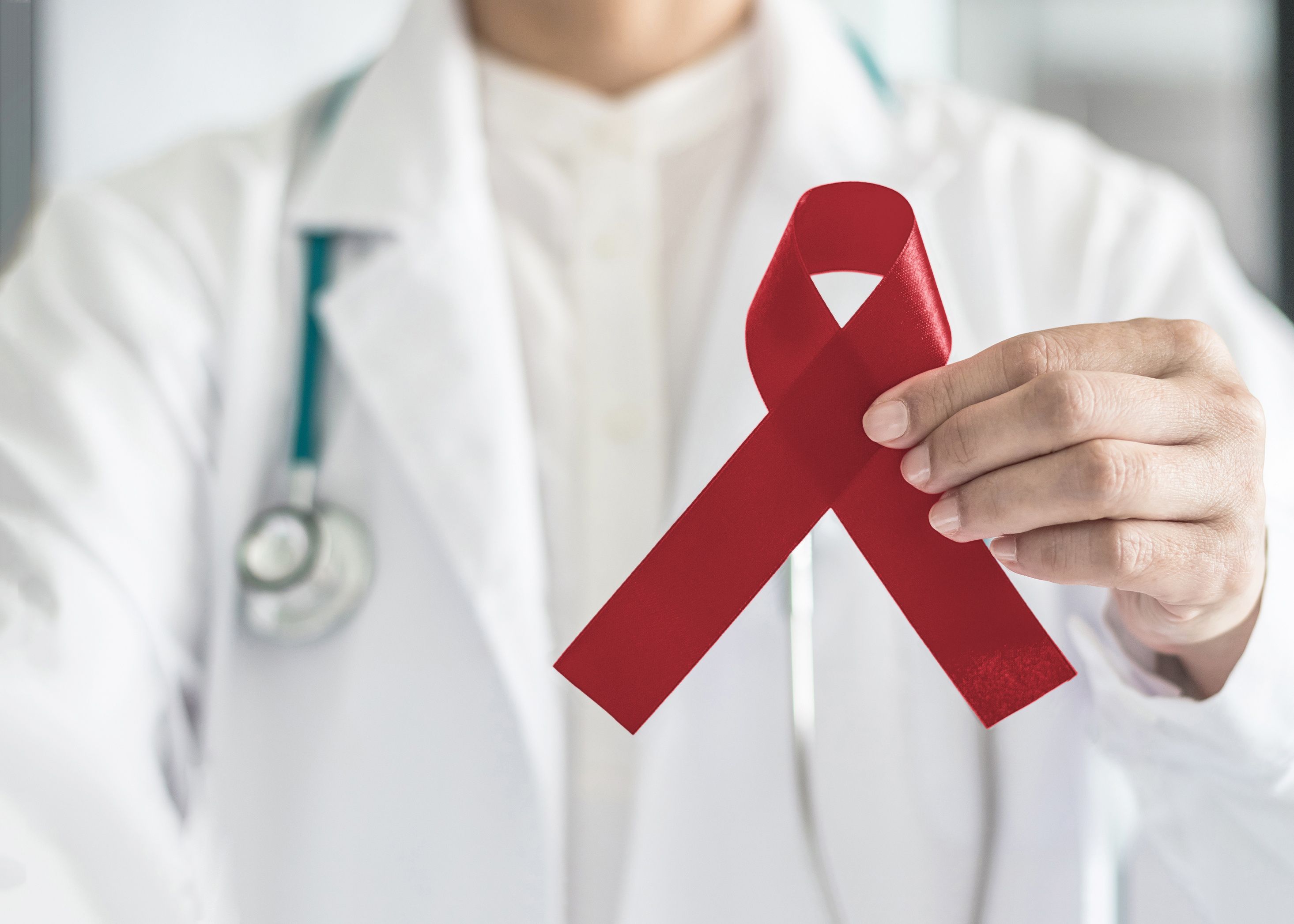Video
Utilizing Multidisciplinary and Patient-Centered Care to Manage Drug Toxicity
Utilizing Multidisciplinary and Patient-Centered Care to Manage Drug Toxicity
Ryan Haumschild, PharmD, MS, MBA: Speaking of the experts, when it comes to toxicity management, I can’t look further than my fellow pharmacist over here. Dr Moore, we know that there’s a toxicity profile associated with alpelisib. We know that there are some common adverse events. Hyperglycemia, rash, diarrhea, and fatigue have been noticed. You manage this a lot. What’s your role in managing the toxicity? What are some of the key takeaways that you provide your patients to help them have the most success on therapy?
Heather N. Moore, PharmD, BCOP, CPP: That’s a great point. First and foremost, regarding 1 of the questions you mentioned earlier in terms of dose, we have data to support that we want to optimize dose. Data support that anything below the 248-mg threshold may compromise PFS [progression-free survival] as much as 3 months. Ideally, we want to maintain patients between a 250- to 300-mg dose.
Thinking about how to best prepare those patients, we found that within our clinic, utilizing the Duke University protocol, we have a hyperglycemia prophylactic protocol. That’s basically trying to identify what’s likely going to happen and how we prevent that or manage it. Taking it in chunks, with hyperglycemia being first, we start all our patients on immediate-release or extended-release metformin. We’ve gone more toward extended-release metformin because of the overlapping toxicity with diarrhea from alpelisib. This is another adverse effect that we see from that. Essentially, we start patients on prophylaxis to help prevent hyperglycemia.
We also have data from the Hopkins et al group showing that SGLT2 inhibitors as well as some diet modifications may be helpful, so we refer patients to dietitians. We want to make sure they’re modifying their diet to help reduce that risk of hyperglycemia and then optimizing therapy, especially thinking about the best role of the pharmacist and how the drugs work.
Alpelisib is a 110-⍺ targeted therapy that’s also regulating glucose within the body. The therapies that are going to be most helpful in terms of preventing and treating hyperglycemia secondary to alpelisib are more so going to be insulin sensitizers. Thinking about that, especially in community practice, and thinking about hyperglycemia, many people want to go straight to insulin. But these patients are insulin resistant. That’s where it’s helpful to have a pharmacist who understands the mechanism behind alpelisib and your targeted therapy. But how is it causing this? What’s the best way to manage and prevent this? We’ve seen great results from prophylactic therapy in helping with prevention in all our patients. We’ve cut our grade 3 and grade 4 hyperglycemia in half by doing prophylaxis.
The other thing I want to mention is more so prevention of rash. That was something else seen in SOLAR-1. They did a subgroup analysis that showed that patients who were on antihistamines had reduced rash or reduced level of severity, so we start all our patients on cetirizine prophylactically up front. Some data support that twice-daily dosing may be helpful. Some data show that may not be as helpful. [It’s important to] think about your patient and anticholinergic effects and be mindful of what that looks like. To prepare the patient for this, I go in and say, “We know that you don’t have diabetes, but in the setting of this therapy, we have to treat you as if you do. We have to give you a diabetic diet and put you on metformin.” Then the biggest part behind that is empowering your patient to feel like they have something they can do. We also give glucometers, test strips, and a lancet so that they’re able to check at home.
Going back to some of the PK [pharmacokinetic] data, we know that there’s rapid onset, that hyperglycemia is usually going to take place within 3 to 4 days, so we have patients check about day 4. We get laboratory tests drawn at day 8. We have them check again at day 12, and then again at day 15 from a laboratory standpoint. If they’re having more hyperglycemia, then they’ll check more frequently. But it’s a combination of prophylactic options and adding some of our other possible resources like our dietitians and empowering patients so that they can manage this at home, because it’s a scary adverse effect. That helps them to see, “I’m educated, I know how I can manage this, and these are the resources I have to do that.”
Ryan Haumschild, PharmD, MS, MBA: That’s a great example of patient-centered care. I like that you include them in the decision-making process. You’re being proactive. That’s 1 of the biggest takeaways: pharmacy can play such an important role in the selection of therapy but also the management of adverse effects. You have the Duke University protocol. It’s very progressive and does a great thing for patients.
But when we think about a lot of pharmacists out there, some practice in integrated delivery networks, and some practice in community settings. Leveraging the electronic medical record is another great way. You can provide some of the dose reductions that you’ve done a great job of outlining. You can provide some of the supportive care medications within that order set, which is helpful because you want that patient to have those supportive care medications on hand. If hyperglycemia is coming at day 3 or 4 and they’re going to be checking it, you want to make sure they’ve been educated on it and have that prescription.
It’s great that you’re leveraging those great skills and being proactive. Therefore, you keep patients on therapy longer, which we know is the right thing to do for patients who have this targeted mutation. I appreciate you going through all those data and talking through the management of the different adverse effects, how you get ahead of them and set patients up for success, and the important role you play on the multidisciplinary team. Because we know team-based care and patient-centric care is where the future is headed.
Susan Faye Dent, MD, FRCPC, FICQS: I want to add to that, because I can’t emphasize enough how important it is to have multidisciplinary care. We’ve had patients come to us from the community and patients have either stopped this therapy early because of adverse effects that we feel could have been managed differently or they’ve put been put on insulin very early on without even considering oral agents.
It’s clear that there are probably patients in the community who aren’t having exposure to this efficacious treatment because of the concerns or inability of some of our colleagues in the community to handle the adverse effects. It’s important to get that message out there to them as well. We’re in an academic center, and we’re very privileged to work with great team members, but the majority of cancer care is delivered in the community. It’s important to get that message out regarding how we can support those providers and patients.
Ryan Haumschild, PharmD, MS, MBA: I completely agree. How do we take the best practices and help more patients? When I think about some of the best therapies for this unique patient population, alpelisib is 1 of the best. If we can get in front of those adverse effects, we give them the best chance at progression-free survival and overall survival and we’re doing right by the patient.
Transcript edited for clarity.
Newsletter
Stay informed on drug updates, treatment guidelines, and pharmacy practice trends—subscribe to Pharmacy Times for weekly clinical insights.






